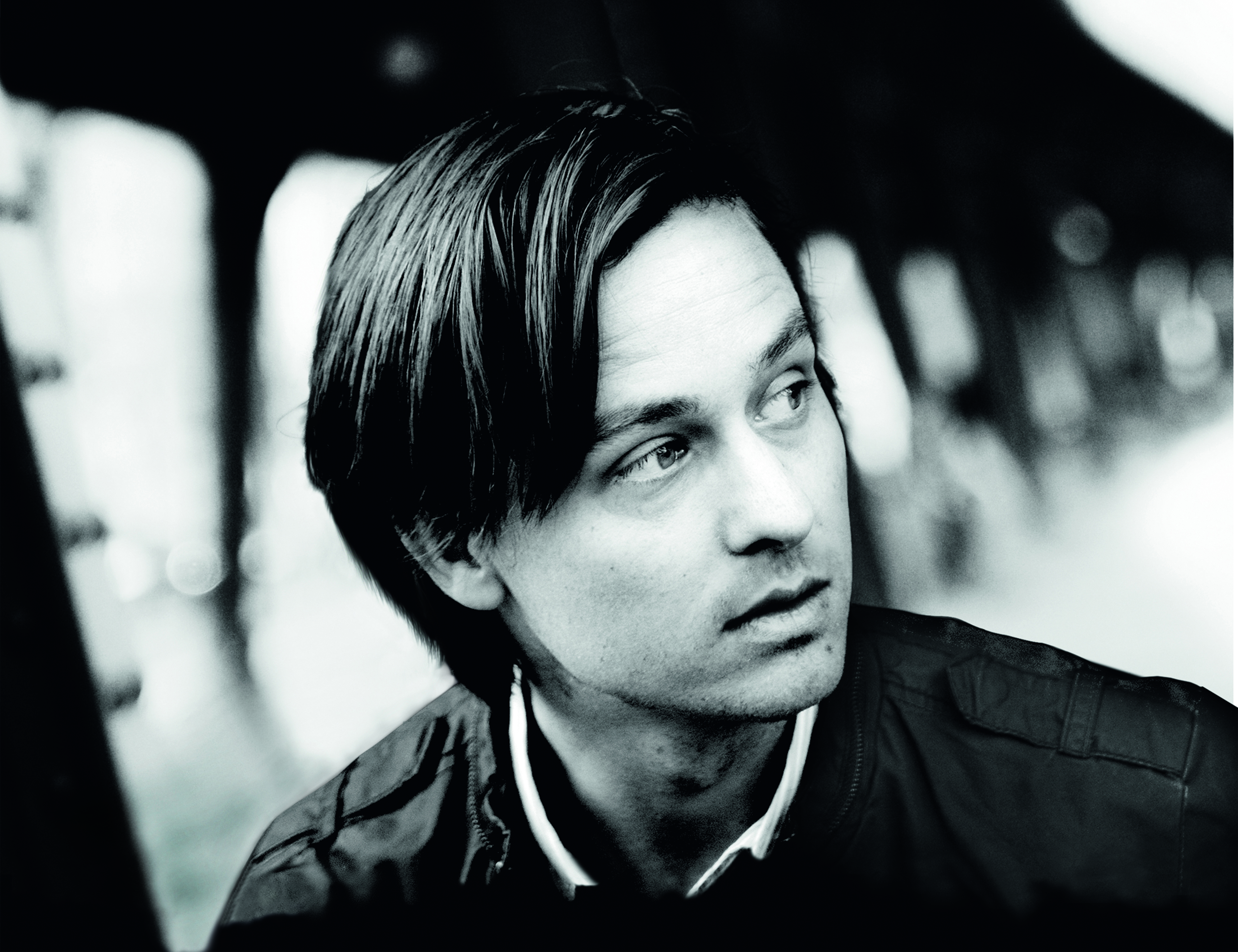Most people are well aware of the significance of Berlin, especially in terms of the global politics of the previous century, where grim events actually gave it an opportunity to build itself back up again. The result is a city that is fairly young, and also fairly gritty. ‘Poor but sexy’ is a fitting description for a city that has been the focal point of both great cultural flair and much suffering. It is also then an equally well-fitting title for the Goethe Institut’s film festival showcasing some of the city’s most promising independent films.
Most of the festival’s films are screened at the Goethe-Institut itself, a precise- and efficient-looking institution. Unfortunately, the theatre at the Institut essentially amounts to a multipurpose room, complete with plastic chairs and the same projector that my high-school history teacher used to show us stock footage of nukes exploding. However, the festival’s opening film was screened at Cinéma Excentris. This is a pleasant establishment with cozy theatres, a bar, and all the regular concessions that one would expect from a modern theatre – a surprisingly luxurious venue which dooms festival-goers to find the multipurpose room lacking. After the crowd had finished the customary shuffle in order to find seats, the director of the local Goethe-Institut gave a formal welcome and foreword to the festival. The speech ended, the lights were dimmed, and the first film, Oh Boy, began.
The film was quite a success in Germany, winning a total of six well-deserved German Film Awards. The cinematography, acting, and humour were all very accomplished. The leading man, an actor by the name of Tom Schilling (whom you may know from the 2009 theatrical romp Mein Kampf), gave a particularly commendable performance as the neurotic, 20-something Niko. However, the set-up, about a young man who doesn’t really know what he wants to do and spends most of his time doing nothing, will certainly feel familiar to many (think: every Woody Allen film ever). Ultimately though, the story was presented in an entertaining and memorable way, while also offering a compelling portrait of Berlin.
The second film, Dust on Our Hearts, was not quite so compelling. Dust on Our Hearts tells the story of a failed actress, a single mother of two kids, who is completely dependent on her own mother for financial support. Its execution was certainly original, but failed to leave any significant impression, unlike Oh Boy. There were a few interesting moments here and there, but the film lacked any unifying sentiment; while the story for the most part seemed like a familiar family narrative, the ending falls short of redeeming Dust on Our Hearts. This film also won a bunch of awards, but it’s a struggle to stay invested in a story in which the most frightening scene was not the one wherein the leading lady’s young son goes missing, but rather her singing just before the end credits.
The Poor but Sexy festival provides an interesting taste of Berlin and the creative talent it harbours. The two first films of the festival were set in the city itself, but the mandate of the festival seems to be pretty broad. The first film, Oh Boy, showcased Berlin through shots of urban scenery, travelling to many different areas of the city, including a golf course for business executives, a suburb, and a downtown core, with decrepit buildings and an underground nightlife. The second film, on the other hand, was geared mainly toward the narrative of the two main characters.
In Germany, any film with a budget under 300,000 euros is considered low budget, but in Poor but Sexy, the budgets for some films were as low as 500 euros. Both films seemed low budget, largely due to the cinematography. There were no highly technical crane shots or tracking shots; the films seemed more like the product of an over-the-shoulder, head-on camera. This added to the style for the most part, giving a sense of the everyday. Although these are low-budget films, they have continued to be widely appreciated in Germany after their initial release a few years ago.
In terms of both content and form, Oh Boy and Dust on Our Hearts were quite different from Hollywood films. The down-to-earth cinematography and genuine dialogues gave authenticity to the stories themselves. For the most part, these films were quite gritty, and lacked the typical big-budget tropes. For instance, Dust on Our Hearts features a surprisingly raw fight between the mother and her daughter, something that might catch some audiences off-guard. The Poor but Sexy festival certainly has lots of spirit, even if the films themselves were, like Berlin, a little rough around the edges. Perhaps some of the charm was simply lost in translation.
The Poor but Sexy festival will run till October 31. Films are screened every Thursday at 7 p.m. at the Goethe Institut (1626 St. Laurent).

